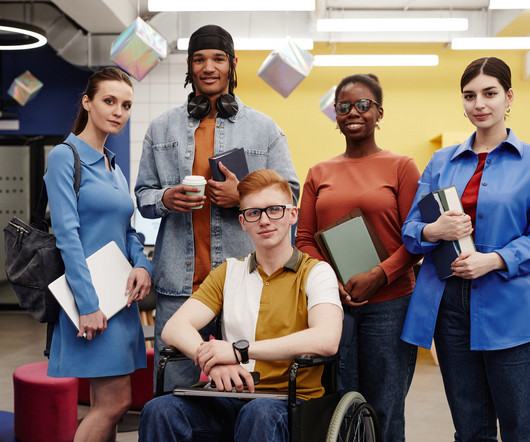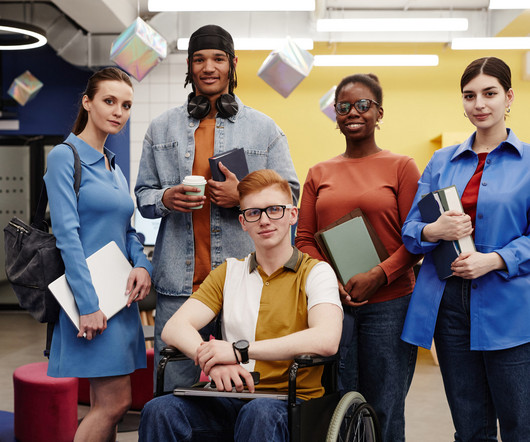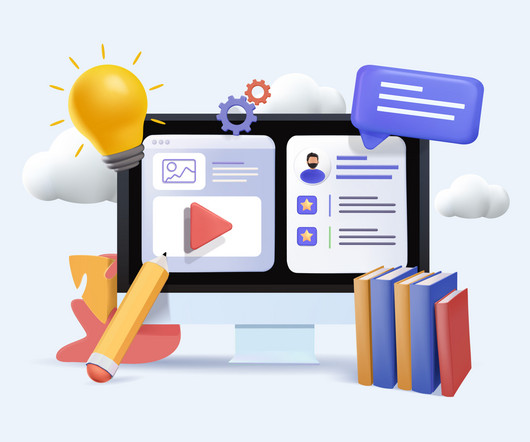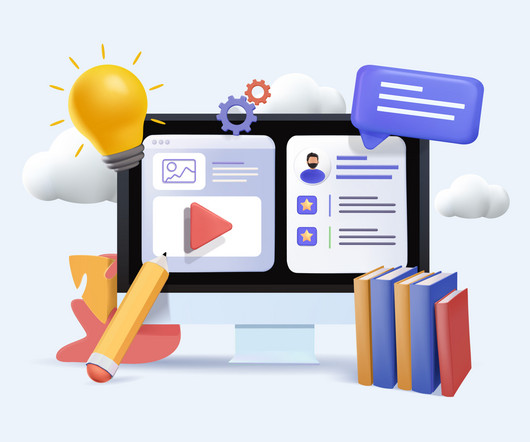Look to the Science: Understanding how Mind, Brain and Education Science can Inform Educational Practices
k12 Digest
MAY 19, 2025
John Fisher College of Education and brings almost 30 years of diverse experience in the field of education. Her career spans roles as an elementary teacher, instructional coach, mentor, special education administrator, and elementary school principal. Lecture is a common passive learning practice.


















Let's personalize your content